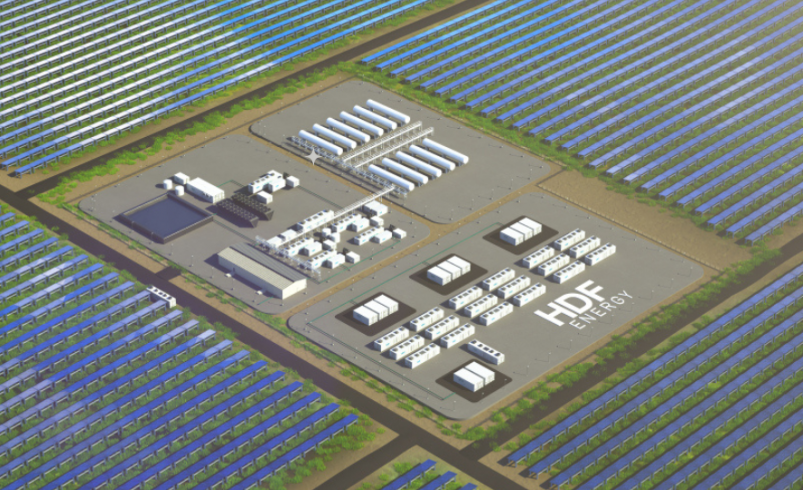HDF Energy to develop USD 1.6-B hydrogen power project pipeline in the Philippines
- October 24, 2025
- 0

Hydrogen de France (HDF Energy), a global leading developer of green hydrogen infrastructure and high-power fuel cel
Priority sites include the island grids of Marinduque, Masbate and Basilan and, Olutanga, where the conventional grids face challenges of intermittency and limited capacity.
Speaking at the 2nd Philippines Energy Future and Grid Summit 2025 in Manila, HDF Energy Business Development Director Bernard Tuanquin highlighted the hybrid system’s grid benefits.
“HDF’s Renewstable® hydrogen power plants will generate stable, firm, and dispatchable baseload power 24/7, and provide grid support such as frequency and voltage regulation,” Tuanquin said.
HDF Asia-Pacific Director Mathieu Geze said the Philippines’ archipelagic geography and growing clean-energy demand make it a key market for hydrogen-based solutions.
“Our systems are designed to deliver green, reliable, stable and baseload power where conventional plants struggle to operate efficiently,” Geze told Power Philippines.
HDF has established a local subsidiary, HDF Energy Philippines Holdings, with an office in Manila, to oversee project development. The company is coordinating with the Department of Energy (DOE), and the National Power Corporation, and has signed a memorandum of cooperation with each of these government agencies, covering project development and research initiatives.
At HDF Energy’s Renewstable® plants, solar electricity is fed directly into the grid during the day, with excess energy stored for later use. Short-term fluctuations are managed with batteries, while longer-term storage is achieved through green hydrogen produced via water electrolysis.
Stored in large tanks, this hydrogen is converted back into electricity using high-power fuel cells, supplying the grid at night or during extended cloudy periods. The system delivers continuous, dispatchable renewable power, reduces reliance on diesel generators, and supports grid stability across remote island grids.
HDF’s projects in the Philippines are modeled on its flagship Renewstable® plant in the French Guiana—the world’s first grid-connected high-power green hydrogen power plant—set to begin commercial operation in 2026.
“That project proved hydrogen power can be bankable—80% of its cost was financed by commercial banks,” Geze said. “We aim to replicate that success here.”
The early development phase was led and financed by HDF Energy, with plans from now to bring in a local conglomerate as co-investor to accelerate the implementation of projects.
Construction of the first plant is expected within two years, with development taking around two years and construction about 18 months.
In his presentation, Tuanquin said that HDF estimates its projects could reduce the Philippines’ greenhouse gas
HDF aims to have several hydrogen power plants operational by 2030, positioning the Philippines as a potential regional leader in green hydrogen development.